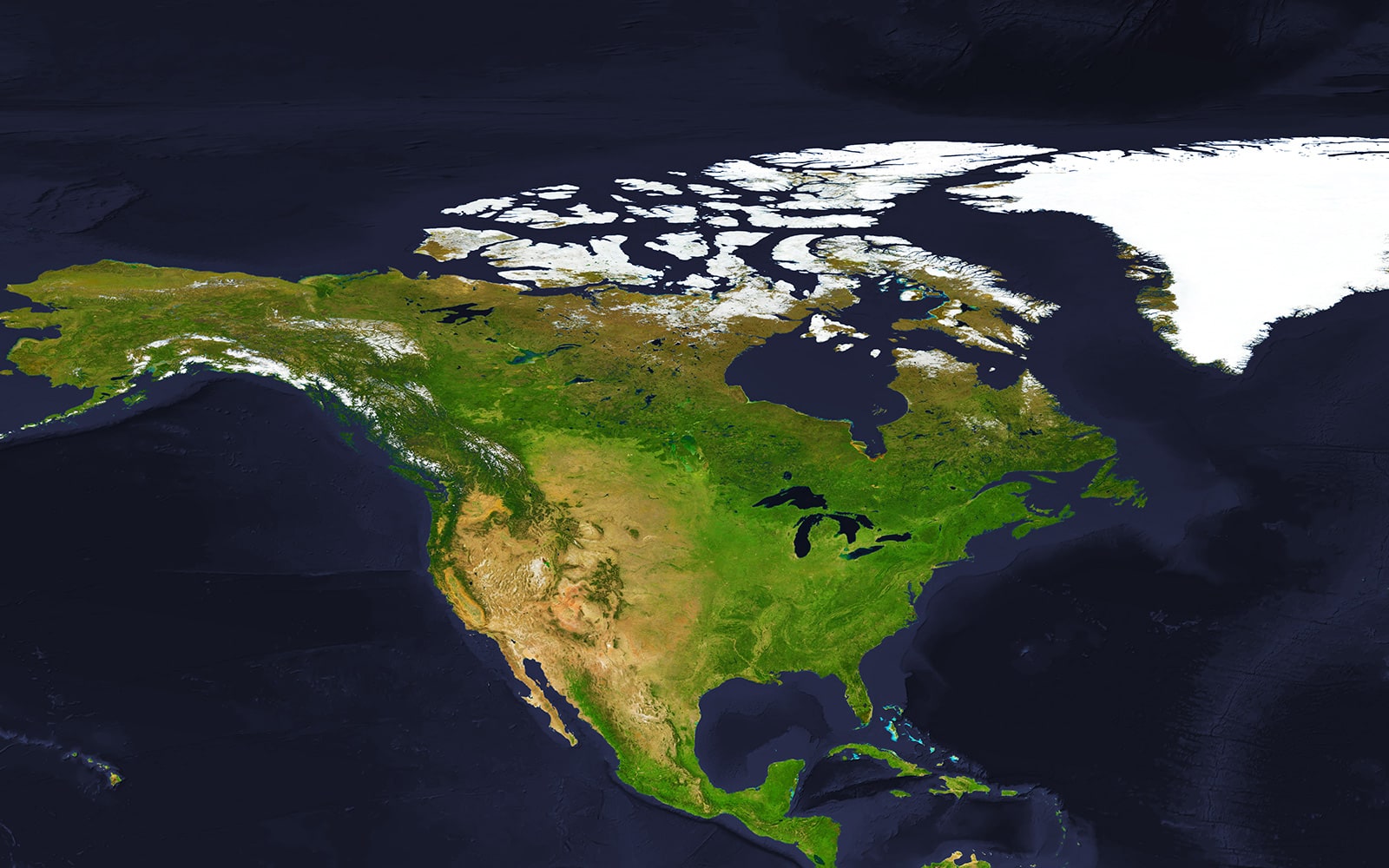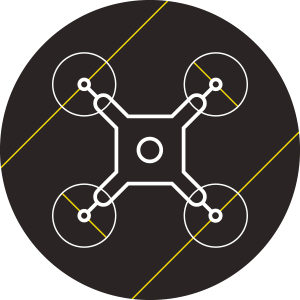WHAT ARE CONSERVATION DRONES?
Remote-controlled conservation drones are typically equipped with a camera for shooting video or still photos. They also carry optical infrared or UV light sensors; physical sensors for temperature, pressure, humidity and conductivity; acoustic sensors that are primarily used underwater but also on land; and chemical sensors that can detect gases.
© Bill Koski / LGL
WHY USE DRONES FOR CONSERVATION?
Drones help conservationists with surveying, monitoring, tracking, and anti-poaching efforts. They are becoming increasingly popular among conservation practitioners because of their ability to collect information from hard-to-reach locations, while minimizing disturbances to wildlife.
WHERE IS WWF USING CONSERVATION DRONES?

ECLIPSE SOUND
BAFFIN
Observing Narwhal behaviour.
CUMBERLAND SOUND
NUNAVUT
Collecting life history information of Bowhead whales.
CONSERVATION DRONES IN ACTION
Explore how WWF-Canada is using Drones for conservation
Offering new insights into Arctic wildlife
© Thomas Seitz / VDOS Global
CONSERVATION DRONES IN ACTION
Offering new insights into Arctic wildlife
In 2017, a 1.5-minute video of narwhal feeding on fish in Nunavut’s Tremblay Sound went viral, attracting more than six million views and major media coverage.
What caught the world’s attention were small jerks of the whales’ spiral ivory tusks. With each tap of their horn, narwhal were stunning their prey before swallowing them.
This was the first-time biologists witnessed this type of behaviour, and it was captured because of drone technology. Until unmanned aerial vehicles (UAVs) became commercially available, biologists were limited to watching marine wildlife from boats, planes or helicopters.
WWF-Canada’s Arctic team has used drones to monitor bowhead whales in their habitat. These aerial vehicles allow staff to zoom in on each whale to measure their size and catalogue the unique marks that distinguish one individual from another. Repeating the exercise each year or two reveals how individuals and populations are shifting in a fast-changing climate.
Similar to the narwhal case, drones were able to capture never-before-seen behaviours of bowhead whales. The ancient giants were seen exfoliating themselves by rubbing against shallow underwater rocks — the cetacean equivalent of a spa day.
Drone technology complements Inuit knowledge by providing insight on species behaviour and movements. Those insights can also be used to determine protected areas, establish shipping lanes to reduce whale interference, and other conservation measures.
© VDOS Global / WWF-Canada
Providing endless insights
Conservation drones provide an endless number of uses from monitoring the smallest ecosystems to analyzing large landscapes, as well as studying animal behavior with minimal disturbance. They are revolutionizing data acquisition and wildlife monitoring techniques and can help shape future conservation decisions for many species’ populations at risk.
IMPACT
6 Million
The exciting narwhal footage caught by drones had more than 6 million views.
